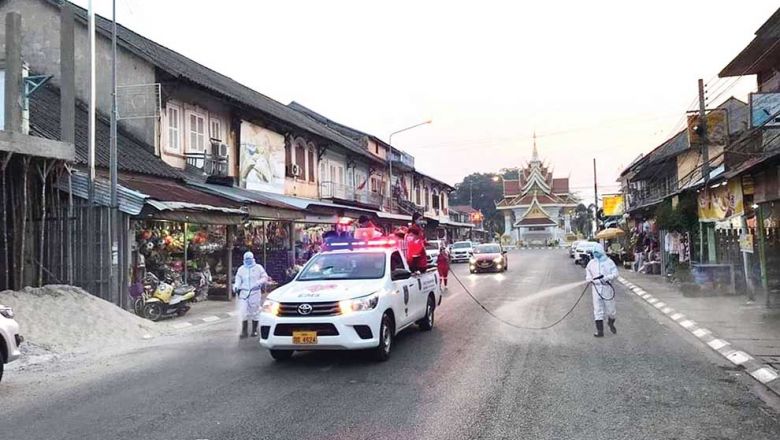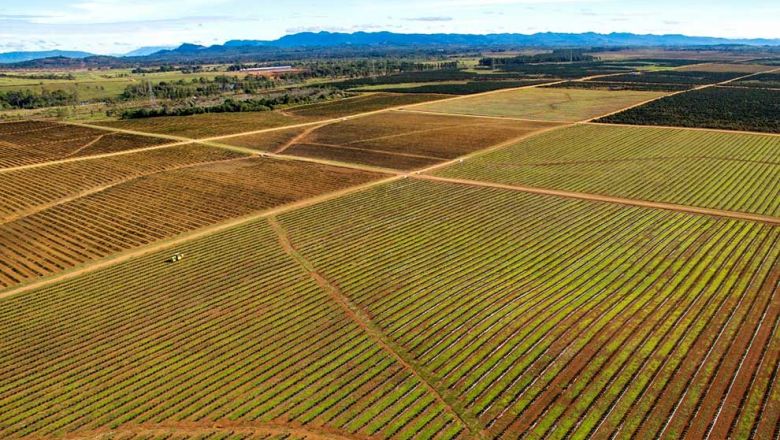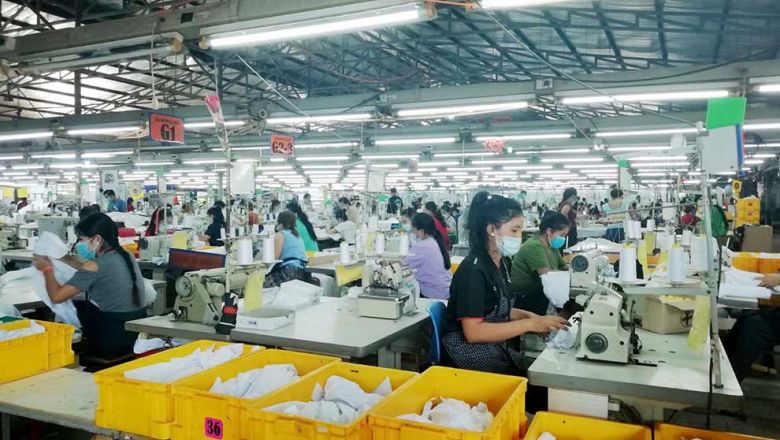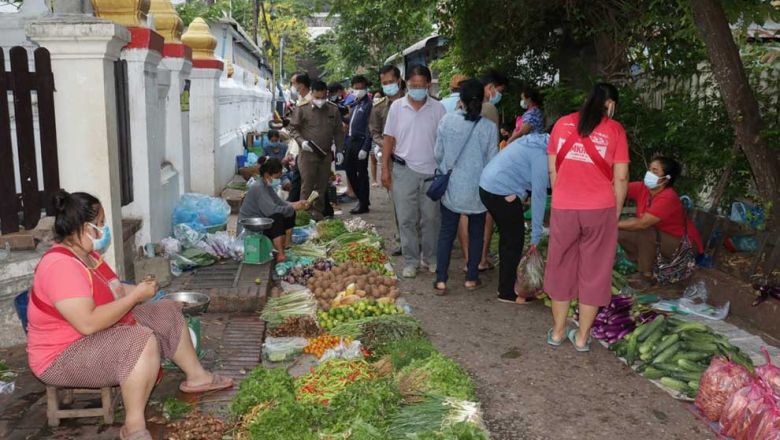Printing house growth adds important national revenue contribution
Printing house growth adds important national revenue contribution
The State Printing House reported that it expects to make more than 12 billion kip (US$1.47 million) in income this year, a small but significant incr ease over last year.
“The 12 billion kip will include our national contribution of over 568.39 million kip,” State Printing House Director Mr Mayon Thammavong said on Monday.
The printing house reported that it earned about 11.72 billion kip (US$1.43 million) last year which was 114.69 percent of plan. It also made a contribution to the national revenu e of over 551.84 million kip.
During their 10 year plan from 2005-15, the printing house has earned more than 107.62 billion kip (US$13.12 million) and “we have contributed almost 8 billion kip to the revenue,” Mr Mayon said.
The State Printing House was established in 1950 and it was also the first house of the Party and state to promote the regulation, administration and management of the Party and state. It became a commercial printing house in 1989.
“In the 26 years since then we have made more than 143.88 billion kip (US$17.54 million) in income and contributed over 11.06 billion kip to the national revenue,” Mr Mayon said and added that “we have also spent more than 317.17 million kip on social and community assistance.”
The business operations of the printing house have been growing and earning a profit every year since then. “We have achieved good expansion and have never lost any capital,” he said.
In previous years the printing house had no modern machinery and the quality of their finished product was relatively low but they are now using the latest, computer controlled machines and are able to produce a high quality end product.
They have bought new machines to cater for the increasing customer demand. The printing house wants the latest machines because it has seen that the print business is booming and it needs to provide its customers with a fast, quality service.
“Because of our development, we now have to work the whole week. There is no day off, neither Saturday nor Sunday,” he said and added that “we also have to work late at night because we have to work overtime to finish our production.”
Their staff has to work at weekends because there is such a large volume of orders to be filled.
“Now we have modern machines we can build more confidence and attract even more customers,” he said.
In the past, the printing house would use only about 30 tonnes of paper each year to print newspapers, various government magazines and certificates.
“Now, however, we will use around 1,000 tonnes of paper annually,” he said.
It uses such a large amount of paper because it has more customers, including the Ministry of Education which requires them to print a lot of textbooks and writing books, and state and private institutions.
The printing house now has more than 80 experienced and skilled staff.
In its 65 years of operation, The State Printing House has received awards from the government, including one Flag of Victory, one Issara Order Class I, three Labour Order Class I, two Labour Order Class II, three Labour Order Class III and many Certificates of Congratulation.
Laos currently has more than 100 printing establishments, both state and private, and the demand for printing services is growing rapidly.

















